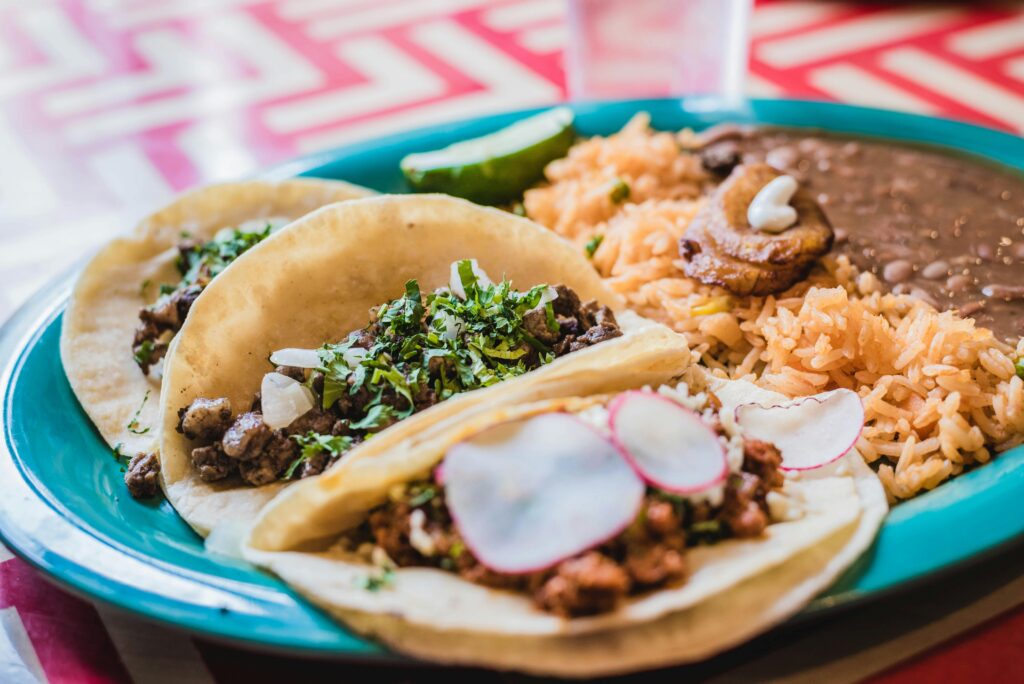Ever woken up craving the perfect cup of coffee, only to realize your smart coffee maker has more settings than your TV remote? Yeah, us too. But here’s the kicker: understanding roast profile guides can transform your mornings from “meh” to “chef’s kiss.” Ready to level up your brew game?
In this guide, we’ll dive deep into how smart coffee makers and roast profiles work together. You’ll learn why roast profiles matter, how to decode them like a pro, and actionable tips for brewing coffee that even your barista would envy. Plus, we’ll sprinkle in some juicy stories (like the time I accidentally brewed espresso-strength coffee at 7 AM—spoiler: my heart rate doubled). Let’s get into it!
Table of Contents
- Why Roast Profiles Matter for Your Smart Coffee Maker
- Step-by-Step Guide to Decoding Roast Profiles
- Best Practices for Brewing with Roast Profiles
- Real-Life Examples of Smart Coffee Magic
- Frequently Asked Questions About Roast Profiles
Key Takeaways
- Roast profile guides unlock the full potential of your smart coffee maker.
- The right roast paired with the correct settings ensures consistent flavor.
- Smart coffee tech simplifies complex brewing processes.
- Experimentation is key—don’t be afraid to tweak variables.
Why Roast Profiles Matter for Your Smart Coffee Maker

“But wait,” you might say, “isn’t all coffee just… coffee?” Grumpy me responds: Ugh, no. Imagine using #VeganRecipes on a bacon post—that’s what happens when you ignore roast profiles.
Here’s the deal: A roast profile defines how long and at what temperature beans are roasted. This determines flavors ranging from fruity light roasts to bold dark ones. Smart coffee makers take these profiles and automate brewing parameters like water temp, grind size, and extraction time. Without understanding the profile, you’re basically winging it—and risking subpar joe.
Step-by-Step Guide to Decoding Roast Profiles

- Identify Your Bean Type: Arabica vs. Robusta? Single-origin or blend? Each has unique characteristics.
- Understand Roast Levels: Light roasts highlight acidity; medium balances body and sweetness; dark emphasizes boldness.
- Match Settings to Profiles: Use your smart coffee app to adjust water temp (higher for darker roasts).
- Tweak and Taste: No one nails it on the first try. Experiment until perfection.
Best Practices for Brewing with Roast Profiles
- Always use freshly ground beans for optimal aroma—the whirrrr of the grinder is music to your ears.
- Preheat your mug. Cold ceramics ruin hot coffee vibes faster than a Wi-Fi outage.
- Avoid over-extraction by timing brew cycles precisely (your smart coffee maker should do this automatically).
- Terrible Tip Disclaimer: Don’t leave used grounds in the machine overnight. Trust me; mold smells worse than burnt toast.
Real-Life Examples of Smart Coffee Magic

Picture this: Sarah, a busy mom of three, was skeptical about smart coffee tech. After mastering roast profiles, she programmed her machine to deliver a perfect medium roast every morning. Her secret weapon? Customizing brew strength based on her preferred Ethiopian single-origin beans. Result? Morning chaos turned into zen sips.
Frequently Asked Questions About Roast Profiles
What exactly is a roast profile?
A roast profile outlines the roasting process, including duration and temperature, which affects flavor nuances.
Can any coffee bean work with smart coffee makers?
Technically yes, but matching beans to profiles maximizes taste potential.
Do I need fancy equipment to use roast profiles?
Nope! Even basic smart coffee machines offer customizable settings.
Conclusion
Congrats—you now know how to harness roast profile guides for next-level smart coffee maker mastery. Remember: Start simple, experiment often, and always keep coffee involved. Whether you’re chasing fruity notes or chocolatey richness, your smart coffee maker has your back.
And hey, life lesson: Like a Tamagotchi, your SEO needs daily care—but so does your coffee habit. Now go brew something amazing!


